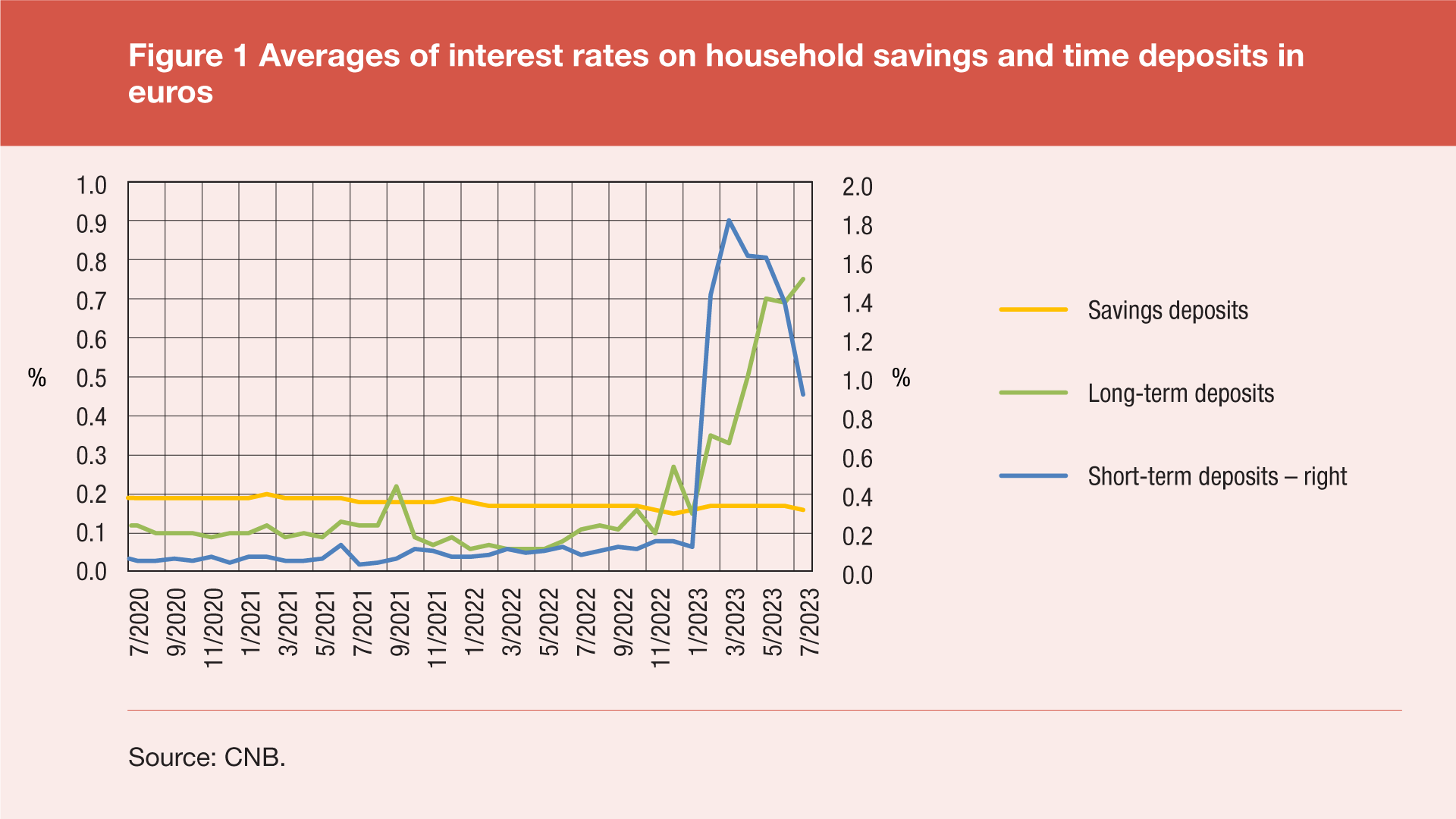Statistical releases provide a summary of the most recent values and trends for the published statistical indicators series compiled by the Croatian National Bank.
Statistics
- Release calendar
- Statistical releases
- Indicators of banking system operations
- Main macroeconomic indicators
-
Statistical data
-
Financial sector
- Republic of Croatia contribution to euro area monetary aggregates
- Consolidated balance sheet of MFIs
- Central bank (CNB)
- Other monetary financial institutions
- Other financial corporations
- General government sector
- External sector
- Financial accounts
- Securities
- Selected non-financial statistics
- Payment systems
- Payment services
- Currency
- Turnover of authorised exchange offices
- Archive
-
Financial sector
- SDDS
- Regulations
- Information for reporting entities
- Information for users of statistical data
- Use of confidential statistical data of the CNB for scientific purposes
- Statistical surveys
- Experimental statistics
Statistical releases
Credit institutions’ interest rate statistics for July 2023
In the quarterly period up to July 2023, the statistical indicators of interest rates[1] of credit institutions on their main sources of funds continued their upward trend started in the second half of 2022.
As regards credit institutions’ main sources of funds from the household sector in euros, the average of interest rates on savings deposits in July 2023 stood at 0.16% and decreased 0.01 percentage points compared to July last year. The averages of interest rates on short-time deposits, although lower compared to values from April 2023, are higher compared to their values from 2022, and in July 2023 they stood at 0.91%. As for long-term deposits, the average interest rate has evidently been increasing in 2023, reaching 0.75% in July 2023, which is the highest level since January 2017. The average interest rates on short-term time deposits increased by 0.82 percentage points compared to July 2022, while long-term time deposits recorded a less pronounced growth in the same period, amounting to 0.64 percentage points.

The averages of interest rates on euro time deposits of non-financial corporations reached 2.77% for short-term deposits and 1.00% for long-term deposits in July 2023. Short-term deposits recorded a growth of 2.73 percentage points relative to July 2022, hitting their highest level since 2012. Although long-term deposits recorded a decrease of 0.10 percentage points compared to the previous quarter, the average of interest rates is still considerably higher from the levels observed in July 2022.

Statistical indicators of interest rates of credit institutions on the most important types of loans granted to households and non-financial corporations mostly trended up from the second half of 2022, with the exception of loans in the form of transaction account overdrafts and credit card loans, which recorded a years-long decline in the averages of interest rates.
As for the main categories of euro loans to households, the highest average of interest rates in July 2023 was recorded for general-purpose loans and other loans, which reached 5.69%, the highest level since October 2018. The lowest average of interest rates in July 2023 of 3.25% was seen in housing loans, which also trended up from the second half of 2022. The average of interest rates on loans in the form of transaction account overdrafts stood at 5.53% in July 2023, while for credit card loans the average of interest rates in the same month was 4.67%.

As regards the main categories of euro loans to non-financial corporations, the averages of interest rates on short-term and long-term loans continued their upward trend in July 2023. In the same period, the averages of interest rates on short-term and long-term loans to non-financial corporations in euro were 4.36% and 5.33% respectively. This is an increase of 0.79 and 0.17 percentage points from April 2023 and of 3.03 and 3.42 percentage points from July 2022 for short-term and long-term loans respectively.

Statistical time series: Credit institutions’ interest rates
-
Statistical indicators of interest rates are calculated as weighted monthly averages of agreed (nominal) interest rates on new deposit and loan contracts between credit institutions and their clients from the household sector (citizens and non-profit organisations) and the non-financial corporate sector (corporations outside the financial sector and the government sector) in a given month. New contracts include all contracts that specify for the first time the interest rate, and all renegotiations of the terms and conditions of the existing contracts. The weights used in the calculation are contracted amounts of newly received deposits and newly granted loans, with the exception of transaction accounts and demand deposits as well as transaction account overdrafts and credit card loans, which are assumed to be contractually renewed each month, but in indefinite amounts; for this reason, the weights used are their corresponding book balances at the end of a month. Indicators that are being calculated differ according to the instrument, currency, maturity, type of interest rate, loan size and institutional sector to which deposits and loans relate. As for data before 2023, a kuna loan/deposit indexed to euro is also considered to be a euro loan/deposit (except for savings deposits, transaction account overdrafts and credit card loans where all currencies are included). ↑
